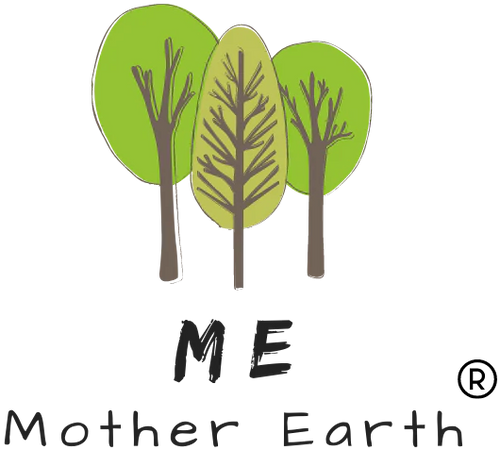The fashion industry significantly contributes to environmental degradation through resource-intensive production, high carbon emissions, massive waste generation, microplastic pollution, and more. The best thing you can do for the planet is BUY LESS and buy pre-loved. But what do you do with the stuff you already have? You can, of course, donate clothes that are clean and still in good condition, but only about 25% of donated clothes actually get resold (see more here). A great way to combat this issue is by recycling clothes and textiles. Recycling not only reduces waste but also conserves resources and supports a more sustainable fashion industry. Here’s how you can recycle your clothes and textiles responsibly.
Why Recycle Clothes and Textiles?
Before diving into how to recycle, it’s important to understand the reasons behind it:
- Reducing Landfill Waste: Every year, millions of tons of textiles end up in landfills. These materials can take decades to decompose, releasing harmful chemicals and greenhouse gases.
- Conserving Resources: Recycling clothes saves raw materials, energy, and water that would otherwise be used to produce new textiles.
- Promoting Sustainable Fashion: By recycling, you help decrease the demand for fast fashion, encouraging a shift towards more sustainable practices in the industry.
Steps to Recycle Clothes and Textiles
- Sort Your Clothes
- Donate or Sell Usable Items
- The Salvation Army: Supports programs for individuals struggling with poverty, addiction, and homelessness.
- Dress for Success: Provides professional attire to women in need, helping them secure employment.
- Career Gear: Offers professional clothing to low-income men seeking employment.
- Vietnam Veterans of America (VVA): Proceeds support programs that benefit veterans and their families.
- Planet Aid: Proceeds support sustainable development projects worldwide.
- Big Brother Big Sister Foundation: Supports mentoring programs for children and youth.
- Soles4Souls: Distributes shoes to those in need globally, combating poverty and promoting sustainability.
- Housing Works: Supports services for people living with HIV/AIDS.
- Domestic Violence Shelters: Provides essential clothing to survivors of domestic violence, helping them rebuild their lives after fleeing abusive situations.
- Local Homeless Shelters: Directly helps those in need in your community by providing essential clothing items.
- School or Church Clothing Drives: Often distribute donations directly within the community.
- Buy Nothing Groups: Encourage the direct exchange of goods within communities, reducing waste and helping neighbors in need.
- Repurpose Old Textiles
- Use Retailer Recycling Programs
- Patagonia - Worn Wear and ReCrafted
- The North Face - Clothes the Loop
- REI - Used Gear Trade-In
- Terracycle - Zero Waste Box
- Eileen Fisher - Renew
Find Textile Recycling services
Check if your community has textile recycling bins. These are often located in public areas or near recycling centers. Items deposited here are sorted and recycled into new materials, such as insulation, carpet padding, or industrial rags.
Retold Recycle: This subscription-based service allows you to recycle a wide range of textiles from the comfort of your home. They send you a prepaid bag to fill with your unwanted items, which you can then drop off at the post office. Retold Recycle sorts the items for reuse or recycling, making the process easy and convenient. We are one of their RETOLD REWARDS PARTNERS!

Tips for Reducing Textile Waste
-
Buy Less, Choose Wisely: Invest in high-quality, timeless pieces that you will wear often, rather than following fast fashion trends and shop secondhand when possible.
-
Extend the Life of Your Clothes: Take care of your clothes by washing them less frequently, using gentle cycles, and air drying. Mending small tears and replacing buttons can also prolong the life of your garments.
-
Participate in Clothing Swaps: Organize or join clothing swaps with friends or community groups. This is a great way to refresh your wardrobe without buying new clothes.
Recycling clothes and textiles is a simple yet powerful way to reduce your environmental footprint and contribute to a more sustainable and circular fashion industry. By donating, repurposing, and using clothing recycling programs like Retold Recycle, you can ensure that your old clothes don’t end up in a landfill.
Additionally, consider donating to organizations like domestic violence shelters vs big chain thrift stores, which provide essential clothing to those in dire need. Remember, every small action counts, and together, we can create a more sustainable future. So next time you’re decluttering your closet, think about how you can give your old clothes a second life while staying true to our Mother Earth.


Comments
DF said:
Thank you so much for this! I have used Trashie for clothing that is no longer donatable/sellable. So glad to add some more options to my list. Keep up the good work!
January 28, 2025